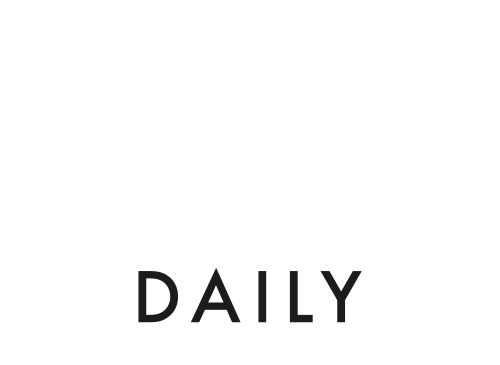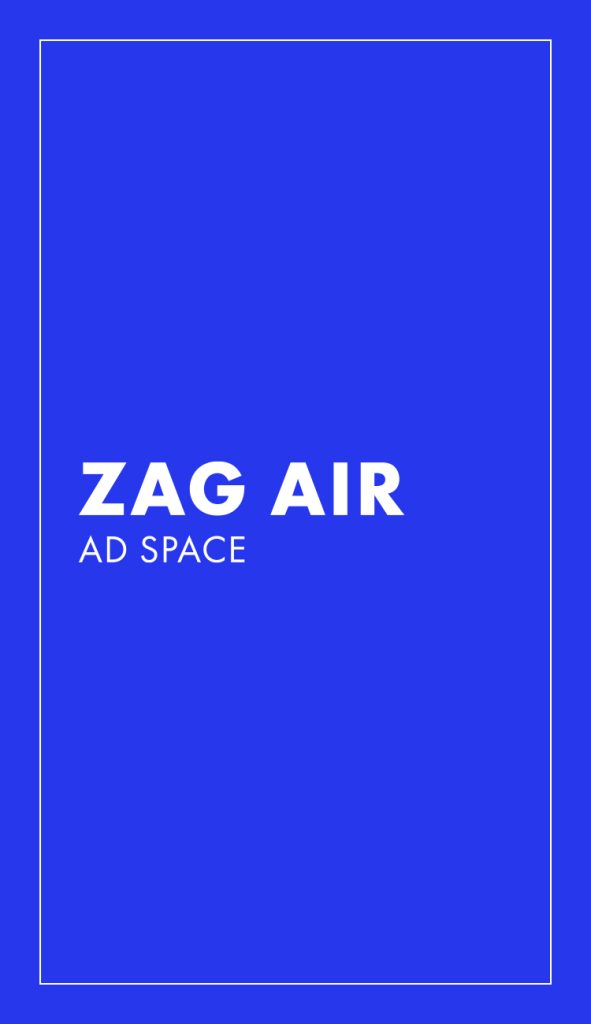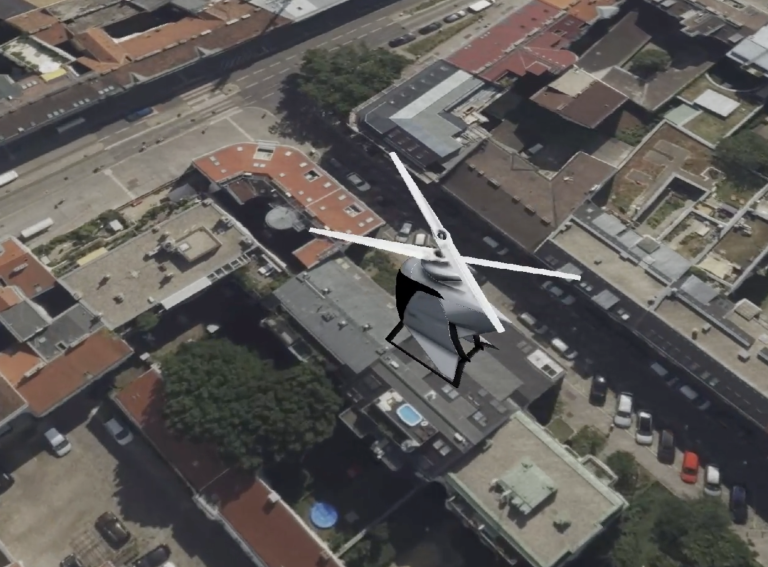The Downtown Manhattan Heliport (DMH) is set to undergo a major transformation becoming a key site for electric vertical take-off and landing (eVTOL) aircraft and maritime freight operations.
This follows a competitive bidding process led by the New York City Economic Development Corporation (NYCEDC), resulting in Downtown Skyport – a partnership between Skyports Infrastructure and Groupe ADP – being appointed as the new operator.
The heliport, located in the heart of Manhattan, will support the city’s vision for sustainable, multi-modal transportation by integrating next-generation aviation technologies and expanding logistics capabilities. Downtown Skyport will assume management in early 2025, with infrastructure upgrades expected to be completed by 2026.
Downtown Skyport leverages Skyports’ global expertise in eVTOL operations and Groupe ADP’s experience managing major aviation hubs. Skyports operates a public heliport in London and is developing eVTOL infrastructure on several continents, while Groupe ADP oversees 26 airports, including Paris’ Charles de Gaulle Airport.
Key Features of the Plan
The initiative includes significant investments in infrastructure, such as the installation of charging stations and upgrades to utilities to accommodate electric aircraft. The development of facilities for last-mile freight delivery will be supported by a $1 million grant from the U.S. Department of Transportation Maritime Administration.
Addison Ferrell, Director of Skyports Infrastructure, told Zag Daily he believes the heliport will position the facility and New York City as a global showcase for the future of urban air mobility.
“In order to prepare DMH for eVTOL operations, we will adapt the physical infrastructure, update operations, and ensure regulatory compliance. First, we have already kicked off early-stage electrification work to install eVTOL electric charging systems on the airfield. This involves collaborating with Con Edison to deliver sufficient power to the site, building upstream power systems hardware, and connecting to the chargers. Other infrastructure adaptations will include airfield marking and fire safety updates. Second, we will revise operating procedures to include provisions for a new type of aircraft and integration with existing aircraft. Lastly, we will engage with regulators throughout to ensure the design and operations are compliant.”
There has also been a push for community engagement, for example by setting a 30% participation goal for minority- and women-owned businesses in construction and development.
The heliport is central to New York’s “Blue Highway” initiative, which aims to reduce road congestion by enhancing water-based freight distribution. By integrating air and maritime logistics, the project seeks to address environmental and traffic challenges while advancing the city’s decarbonisation goals.
The initial concession agreement spans five years, with potential extensions contingent on project milestones.




